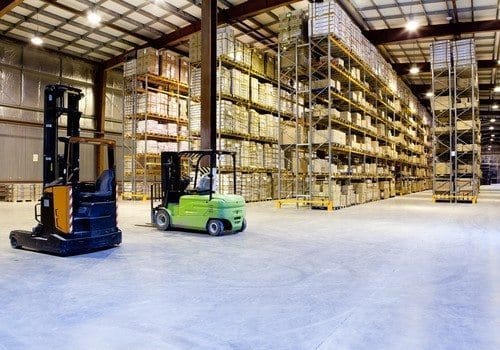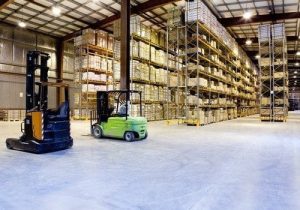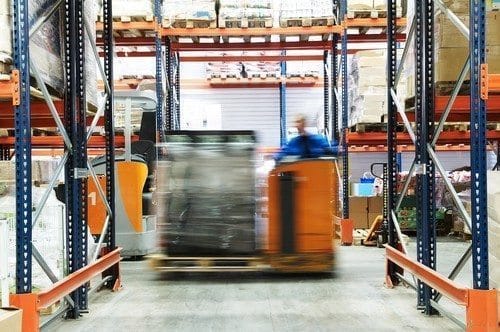
While material handling equipment can handle the demands of being on duty 24/7, warehouse workers rely on shifts to accommodate round-the-clock staffing needs. While nearly 15 million Americans are employed on shifts, night or long-term shift work can result in health and safety risks.
Happy and healthy workers improve job productivity and employee retention rates. Protect your staff with these helpful tips for managing shift work.
Tips for Managing Warehouse Shift Work
Shift work, especially for employees on rotating or night shifts, interferes with the body’s circadian rhythms, which form the internal clock that governs wakefulness. Disrupted sleep patterns can lead to emotional, metabolic and cardiovascular problems as well as greater risk of workplace errors and injuries.
The National Institute for Occupational Safety and Health (NIOSH) recommends that employers incorporate these procedures for shift workers:
– Schedule workers for a minimum of 10 consecutive off-duty hours each day so they can get seven to eight hours of sleep.
– In addition to regular meal breaks, provide short breaks every one to two hours for particularly demanding jobs.
– Limit shifts to no more than 10 hours wherever possible.
– Provide workers with education and resources about shift work.
Here are steps that shift workers can take individually to control fatigue:
– Take a walk before the start of the shift, preferably outdoors in daylight.
– Limit consumption of caffeinated beverages such as coffee and cola to the first half of the shift to avoid sleep problems.
– Take frequent mini-breaks to move around and keep muscles loose.
Combat Shift Work Fatigue with Material Handling Equipment from DJ Products
Our battery-powered material handling equipment is easy to use and designed to prevent common musculoskeletal injuries. Contact us to find the right tug, mover or pusher for your applications.











